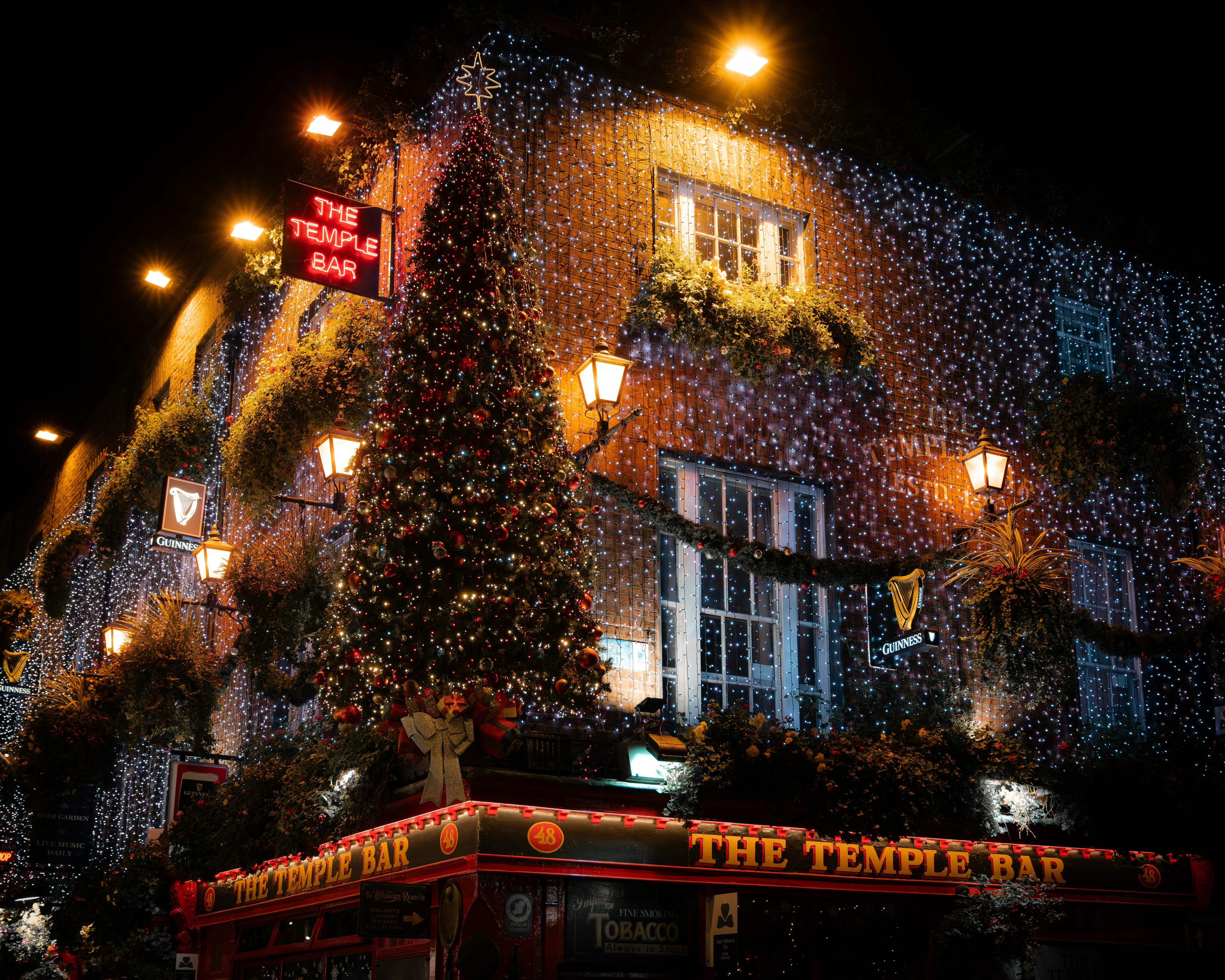Christmas 2025: How pubs can navigate a complex festive season

For many pub operators, the festive season has always been pivotal. It drives revenue, strengthens relationships with regulars, and showcases the pub at its best. Christmas 2025 brings additional challenges. Rising costs, supply volatility, changing consumer preferences, and labour pressures mean that pubs combining festive spirit with operational precision are most likely to succeed.
To make the most of this period, operators need to think beyond the basics. It is not just about decorating the pub or offering a festive menu; it is about understanding what customers want this year, aligning staffing and supply strategies, protecting margins, and creating experiences that feel authentic and memorable. In this article we explore the key considerations for pubs preparing for the Christmas period in 2025, drawing on industry trends, operational realities, and examples of what is working well across the sector.
Understanding Consumer Preferences
No- and low-alcohol drinks are now a significant part of the market. In late 2024, UK pubs sold around 140 million pints of these alternatives, up from just over 120 million in 2023, accounting for roughly 12 percent of all beer sales. Survey data indicates that about 38 percent of UK drinkers consumed low or no-alcohol options semi-regularly in 2024, up from 29 percent a few years earlier. Despite growing demand, only a small proportion of pubs offer these on draught. The success of Guinness 0% in particular is worth noting, with the product achieving double digit growth and strong sales both on draft and in cans.
During the festive period, diverse groups and parties increase the expectation for credible, enjoyable alternatives alongside traditional offerings. Pubs that embrace this trend with seasonal mocktails, mulled alcohol-free drinks, or draught low-ABV beers can broaden appeal while maintaining profitability. Staff should be confident recommending these drinks, and marketing should make these options visible and appealing to guests.
Staffing and Labour Planning
Labour pressures are a defining feature of 2025, following a trend that has impacted on the industry for years now, compounded by Brexit, the Covid pandemic and recent changes to minimum wage and national insurance. Between May 2024 and May 2025, the number of payrolled employees in the accommodation and food services sector fell by approximately 4.6 percent. While vacancies have declined, the pool of experienced staff is limited and wages are rising.
Forecasting staffing needs for the busiest weeks is essential. Cross-training staff allows flexibility, retention incentives secure core employees, and scheduling lighter shifts after heavy trading periods helps maintain morale and service quality. Offering festive lunches or early evening dinners can spread trade more evenly and reduce peak-time pressure.
Menu and Supplier Strategy
Supply chain uncertainty affects menu planning. Poultry, certain meat cuts, and specialty drinks are all subject to price fluctuations and delivery delays. Forward planning, establishing alternative suppliers, and designing flexible menus are essential.
Local sourcing reduces lead times and transport risk while providing a compelling narrative for festive menus. Seasonal drinks, craft beers, and mulled beverages require careful ordering and monitoring to prevent shortages that could impact profit and customer satisfaction.
Protecting Margins Through Pricing
Fixed and semi-fixed costs are increasing, making pricing more important than ever. Some pub groups have maintained profitability during the festive period by using careful pricing, bundled packages, and set menus rather than discounting heavily.
Scenario planning helps operators understand the margin required for each dish or drink to remain profitable. Transparency around price adjustments and menu changes maintains goodwill with customers. Reviewing hidden costs such as payment fees and energy expenses also helps protect profitability.
Enhancing the Guest Experience
A memorable festive experience is essential. Subtle touches in décor, service, and events create an atmosphere that guests remember. Themed decorations reflecting the pub’s character, collaborations with local producers, or festive lunches and early dinners enrich the customer experience.
Small-scale live music, charity partnerships, and artisan markets can attract footfall during quieter periods and foster community goodwill. Attention to lighting, music, scent, and service flow helps create an authentic and distinctive festive atmosphere that encourages repeat visits and higher spend.
Using Data and Foresight
Data informs effective decision-making. Historical sales data, combined with local event calendars, allows accurate forecasting of busy nights and high-demand items. Inventory dashboards help monitor fast-moving or high-margin stock, and scenario planning prepares the business for potential supply issues, cost increases, or staff shortages.
Monitoring competitor activity allows pubs to differentiate their offers. Quick reviews during the festive period enable adjustments to menus, staffing, and promotions, ensuring profitability and customer satisfaction remain on track.
Industry Context
The UK pubs and bars industry is expected to generate around £19.5 billion in 2025-26. Growth is modest, and rising costs continue to constrain margins. Labour shortages and operational challenges mean the margin for error is small. At the same time, no- and low-alcohol drinks are expanding, creating opportunities to attract a broader customer base during the festive period.
Christmas 2025 will reward pubs that combine festive creativity with operational discipline. Planning supply, staffing, menus, pricing, and customer experience carefully while monitoring performance and responding to trends ensures the business remains profitable. Those who execute well will strengthen customer loyalty and reputation, ensuring a successful end to the year.
)
)
)
)
)
)
)
)
)
)
)
)
)
)
)
)
)
)
)
)
)
)
)